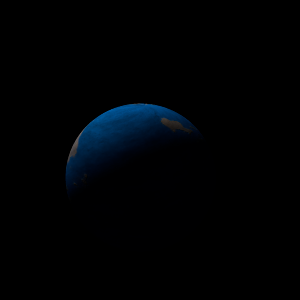|
|
Space Astro
|
Info for exoplanet "Simaka Thone"
| Scientific (actual) data |
|---|
| Name | Kepler-252 c |
| Planet status | Confirmed |
| Radius | 0.192 |
| Orbital period | 10.8485 |
| Semi major axis | 0.08 |
| Discovered | 2014 |
| Updated | 2021-02-05 |
| Tconj | 2455000 |
| Impact parameter | 0.17 |
| Publication | Announced on a website |
| Detection type | Primary Transit |
| Alternate names | 2MASS J19421904+4432454 c, K00912.01, KIC 8505670 c, KOI-912 c, KOI-912.01, WISE J194219.03+443245.3 c |
| Star name | Kepler-252 |
| Right ascension | 295.58° |
| Declination | 44.55° |
| Mag j | 13.24 |
| Mag h | 12.65 |
| Mag k | 12.466 |
| Star distance | 383.59 |
| Star metallicity | -0.67 |
| Star mass | 0.52 |
| Star radius | 0.55 |
| Star sp type | M0 V |
| Star temperature | 4208 |
| Star alternate names | 2MASS J19421904+4432454, KIC 8505670, KOI-912, WISE J194219.03+443245.3 |
| Wikipedia article | Kepler-252 c |
Back
| |
| Fictional info (?) |
|---|
| Suggested name | Simaka Thone |
| Planet type | Terrestrial |
| As seen relative to the fixed stars, it rotates on its axis exactly five times for every three revolutions it makes around Kepler-252.
The volume of water detected has been estimated to be equivalent to the volume of water in the Black Sea.
Surface often occupied by large terraformed insects called the "Cordes". They survive while eating the Palirr Dadi plant. Most of them are closely related to the Nomia-tiad and have 4 legs and vary in size from 80 to 140 meters. Most Cordes are known to reproduce at temperatures from 160 to 240°C but are killed by near-vacuum which is rare on this planet. |
| Estimated population | 600000000 |
| Atmosphere | Carbon dioxide | 70% |
| Methane | 29% |
| Oxygen | 0.43% |
| Water | 0.013% |
| Atmospheric pressure | 2.8 bar |
 |
| No known satellites |
| Google search for Simaka thone |
|
Website by Joachim Michaelis
|
|
|
|